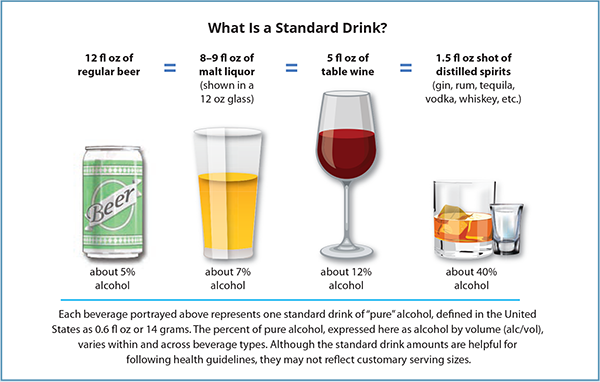
IMPORTANT: If you feel in any way impaired please call a friend, a cab or use a mobile booking service like Lyft or Uber. This tool is for educational purposes only. Your metabolic rate, age & how bartender pours drinks may significantly impact your BAC. Even if the most accurate & advanced app states you have had enough time since your last drink to be sober, if something does not feel right you should not take risks with your life & the lives of others.
Sobriety Calculator
IMPORTANT: If you feel in any way impaired please call a friend, a cab or use a mobile booking service like Lyft or Uber. Many people can vastly exceed the legal limits for driving without showing slurred speech or obvious physical signs of impairment. Reaction times are important while driving and anything that slows your reaction time could cost a life.
About Our Calculator
This calculator will help you estimate your blood alchohol level. This tool only attempts to calculate rough estimates and many other factors can impact BAC and the influence of alchohol on a person's ability to drive.
- A person with low tolerance may be adversely impacted by alchohol at a level significantly lower than the legal limit.
- Some prescription drugs other circumstances may impact the ability of the liver to process alchohol. Even something as seemingly benign as a tonail fungus treatment may have a dire impact.
- The above calculator presumes a constant rate of drinking, which rarely happens in relality. Many people start slowly and drink more quickly over time without realizing a change of pace. If you drink over a multi-hour period slowly and binge drink at some point near the end of the drinking period then your BAC will likely be significantly higher than a simplistic estimation tool may suggest.
Drunk Driving Stats
Do not use the above estimation tool or the precise legal limits to justify risky behavior. Please call a cab.
- In 2014 9,967 people in the United States were killed in alchohol-impaired crashes. - source: CDC
- Every day 28 people in the United States die from drunk driving. - source: CDC
- Every 2 minutes a person is injured from drunk driving. - source: NHTSA
- Drunk driving costs the United States more than $132 billion each year. - source: PIRE
Acronyms
Different states use different terms to describe drunk driving. Here are some of the common acronyms and what they mean.
- DUI
- Driving Under the Influence
- DWI
- Driving While Intoxicated
- OUI
- Operating Under the Influence
- OWI
- Operating While Intoxicated
State Legal Limits as of 2017
Refusing to take a breath test may result in a license revocation and/or blood test. In addition to using different names for driving offenses, states also have enhanced penalty levels for higher levels of alchohol and zero tolerance levels for minors below the age of 21 and people on other court ordered restrictions. Visit your state department of transportation and official state government websites for more legal information and to keep up with the latest changes to your driving laws.
| State |
PBAC Level |
Zero Tolerance |
Enhanced Penalty |
| Alabama |
0.08 |
0.02 |
0.15 |
| Alaska |
0.08 |
0.00 |
0.15 |
| Arizona |
0.08 |
0.00 |
0.15 |
| Arkansas |
0.08 |
0.02 |
0.15 |
| California |
0.08 |
0.01 |
0.15 |
| Colorado |
0.08 |
0.02 |
0.17 |
| Connecticut |
0.08 |
0.02 |
0.16 |
| Delaware |
0.08 |
0.02 |
0.16 |
| DC |
0.08 |
0.00 |
0.20 |
| Florida |
0.08 |
0.02 |
0.20 |
| Georgia |
0.08 |
0.02 |
0.15 |
| Hawaii |
0.08 |
0.02 |
N/A |
| Idaho |
0.08 |
0.02 |
0.20 |
| Illinois |
0.08 |
0.00 |
0.16 |
| Indiana |
0.08 |
0.02 |
0.15 |
| Iowa |
0.08 |
0.02 |
0.15 |
| Kansas |
0.08 |
0.02 |
0.15 |
| Kentucky |
0.08 |
0.02 |
0.18 |
| Louisiana |
0.08 |
0.02 |
0.15 |
| Maine |
0.08 |
0.00 |
0.15 |
| Maryland |
0.08 |
0.00 |
0.15 |
| Massachusetts |
0.08 |
0.02 |
0.20 |
| Michigan |
0.08 |
0.00 |
0.17 |
| Minnesota |
0.08 |
0.00 |
0.20 |
| Mississippi |
0.08 |
0.02 |
N/A |
| Missouri |
0.08 |
0.02 |
0.15 |
| Montana |
0.08 |
0.02 |
0.16 |
| Nebraska |
0.08 |
0.02 |
0.18 |
| Nevada |
0.08 |
0.02 |
0.18 |
| New Hampshire |
0.08 |
0.02 |
0.16 |
| New Jersey |
0.08 |
0.01 |
0.15 |
| New Mexico |
0.08 |
0.02 |
0.16 |
| New York |
0.08 |
0.02 |
0.18 |
| North Carolina |
0.08 |
0.00 |
0.16 |
| North Dakota |
0.08 |
0.02 |
0.18 |
| Ohio |
0.08 |
0.02 |
0.17 |
| Oklahoma |
0.08 |
0.00 |
0.15 |
| Oregon |
0.08 |
0.00 |
0.15 |
| Pennsylvania |
0.08 |
0.00 |
0.16 |
| Rhode Island |
0.08 |
0.02 |
0.15 |
| South Carolina |
0.08 |
0.02 |
0.15 |
| South Dakota |
0.08 |
0.02 |
0.17 |
| Tennessee |
0.08 |
0.02 |
0.20 |
| Texas |
0.08 |
0.00 |
0.15 |
| Utah |
0.08 |
0.00 |
0.16 |
| Vermont |
0.08 |
0.02 |
0.16 |
| Virginia |
0.08 |
0.02 |
0.15 |
| Washington |
0.08 |
0.02 |
0.15 |
| West Virginia |
0.08 |
0.02 |
0.15 |
| Wisconsin |
0.08 |
0.00 |
0.17 |
| Wyoming |
0.08 |
0.02 |
0.15 |
Alcohol Management: Excessive Drinking, Moderation and Statistics
- Guide Authored by Corin B. Arenas, published on November 04, 2019
Drinking alcohol is a part of many celebrations. However, while it’s socially accepted in most cultures, things can turn around quickly if you drink too much.
Around 18 million Americans have an alcohol use disorder,
states the U.S.
National Institutes of Health (NIH).[1] Excessive drinking also accounts
for 88,000 deaths per year, according to Centers for
Disease Control and Prevention (CDC)—it’s one of the top causes of
preventable fatalities in the country.[2]
If you’re wondering what drives excessive drinking, you’ve come to the right place. In this section, we’ll talk about how alcohol impacts health, how to moderate drinking, drunk driving statistics and more.
Factors that Contribute to Excessive Drinking

People may drink more if they realize there are benefits from it. Some generally like the feeling of being relaxed, while others may feel more confident with a few glasses.
However, once they’re intoxicated beyond a steady state,
most of those benefits go away.
So why do people drink? According to Shahram Heshmat, Ph.D., associate professor emeritus at the University of Illinois, the relationship between the value of an action and the likelihood of getting benefits play an important part in people’s decisions.[3]
Dr. Hemshat underscores several motivating factors which influence
overdrinking:
- Previous Experiences
- Stress
- Impulsiveness
- Social Norms
- Environment
Previous Experiences
Often, what shapes people’s perception of alcohol depends on
past experiences. If they recall a great night of drinking, they’re likely to
drink again. Sometimes, even more.
On the other hand, a negative experience tends to leave an unpleasant perception. For instance, the National Institute on Alcohol Abuse and Alcoholism (NIAAA) reports that due to the alcohol flush reaction, Asian Americans drink less than white Americans and African Americans.[4]
Alcohol
flush syndrome is a condition commonly found among East Asians which causes
blotches in the neck, face or entire body after drinking alcohol.[5]
Stress

Do you have a glass of wine after a tough day? Most drinkers
say it helps relieve stress.[6] But
according to Verywell
Mind, the problem is that “alcohol itself can cause stress on the body’s
physiological balance.”[7]
While drinking may temporarily help you relax, heavy alcohol
consumption can compound the effects of stress. A 2012 study published in Alcohol
Research found the following associations between stress and alcohol
consumption:[8]
- Men and women with higher stress levels tend to drink more
- Stressed men binge drink 1.5 times more than women
- Men are 2.5 times more likely to have alcohol use problems than women
Drinking alcohol releases higher amounts of cortisol in the
body. Cortisol
is a hormone that regulates metabolism and is vital for helping the body respond
to stress.[9]
When higher cortisol levels are released, it can cause hormone imbalance, as well as make you feel more stressed.[10] As a result, people tend to drink more, which can spiral down into a cycle.
Impulsiveness
Heavy drinkers tend to be more impulsive than light
drinkers.
For these people, activities that bring immediate pleasure become
a priority. Because they don’t consider possible consequences, they are more prone
to binge drinking as well as drug use.
Moreover, according to a 2007 study published in Alcoholism: Clinical and Experimental Research, around 50 percent of alcoholic patients have disorders that include pathological impulsivity.[11] These patients consistently prefer to drink a bit more, even when it’s logically not beneficial. But with support and professional treatment, it can be managed.
Social Norms
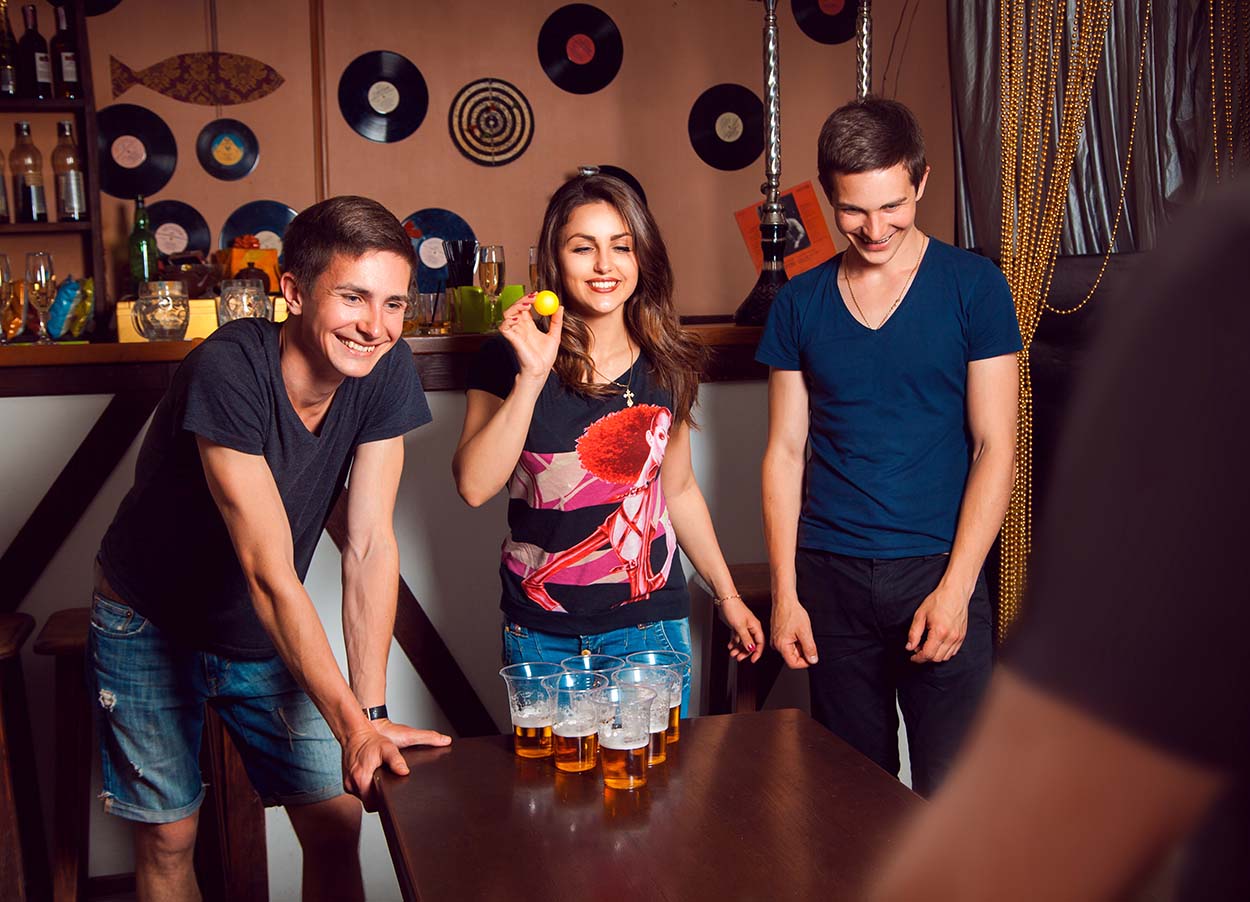
These are behavioral expectations set within a group. In
terms of motivation, social norms affect the value people place on drinking.
For instance, in an office, employees drink after work on Fridays. If this becomes a regular activity, it encourages drinking and socializing. Likewise, it limits drinking on other workdays.
In a related study in 2010, researchers found that social norms in college campuses promotes maintenance of student drinking activities.[12] Findings also suggested that students underestimate how negative other students evaluated its consequences.
Social norms can provide opportunities or limit alcohol consumption. Given plenty of occasions, people have more excuses to drink.
Environment
Related to social norms, your environment also influences whether alcohol consumption is not only accepted, but deemed attractive.
In the case of college students, drinking is perceived as socially pleasant when approved by peers on campus. Apart from college students, adults at any age can still experience peer pressure in relation to excess drinking.
On the other hand, it becomes less attractive when alcohol prices go up in certain areas. Dr. Hemshat notes that increasing the price of alcohol by 10 percent can help lower alcohol consumption by up to 7 percent.[2]
How to Cut Back on Drinking
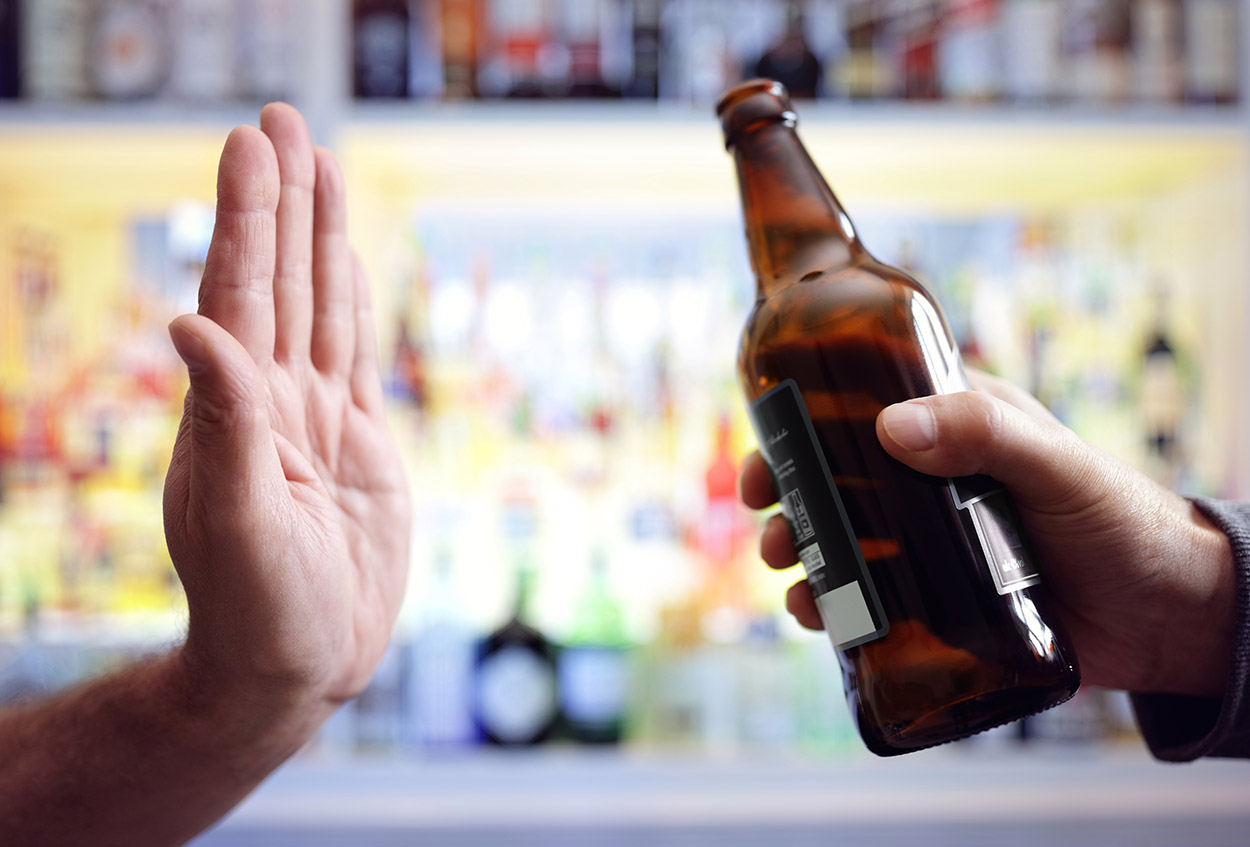
An NPR article by Allison Aubrey talks about how intervention was only reserved for alcoholics back in the day, while everyone else was ‘normal.’[13] But that binary thinking has changed. People who are not considered alcohol dependent may still be prone to overdrinking.
In recent years decades, psychiatry evolved to recognize alcohol dependence as a spectrum, says Dr. John J. Mariani, director or Substance Treatment and Research Service in Columbia University.[14]
Around 2014, the CDC published a study stating that 9 out of 10 excessive drinkers are not alcohol dependent.[15] While the research made a distinction between binge drinking (on occasion, 4 or more drinks for women and 5 or more drinks for men) and alcoholism (a chronic medical condition that shows a history of excessive drinking), it emphasizes how heavy drinking may eventually lead to alcoholism.
Take note: The key to successfully cutting down is knowing what works for you. If one advice doesn’t work, try other strategies. What’s important is you’re making an active effort to limit alcohol.
Here are several ways you can avoid heavy drinking:
Don’t Miss Routine Checkups

The CDC found that seeing a primary care doctor for annual checkups helps reduce heavy drinkers’ alcohol use by up to 25%.[16]
Checkups usually come with alcohol screening as well as counseling. Patients who take advantage of this option show signs of improvement. It’s a good start if you need help moderating your drinking habits.
Avoid Triggers
Statistics show it’s possible to avoid drinking as long as you stay away from situations, places and people that may cause you to lose focus.
According to AlcoreRehab.org, around 43% of people who go through alcohol addiction programs are able to abstain from drinking in the short term. Those who don’t receive therapy, however, are only able to avoid it by 21%.[17]
How do you do this? Change your routine gradually. Make a commitment not to have drinks during social activities. Better yet, stay away from those events completely. In time, you’ll get better at refusing and you won’t feel the need to drink like before.
If you create a safe space where there are no temptations, you’re less likely to give in.
Replace Drinking with Healthier Habits
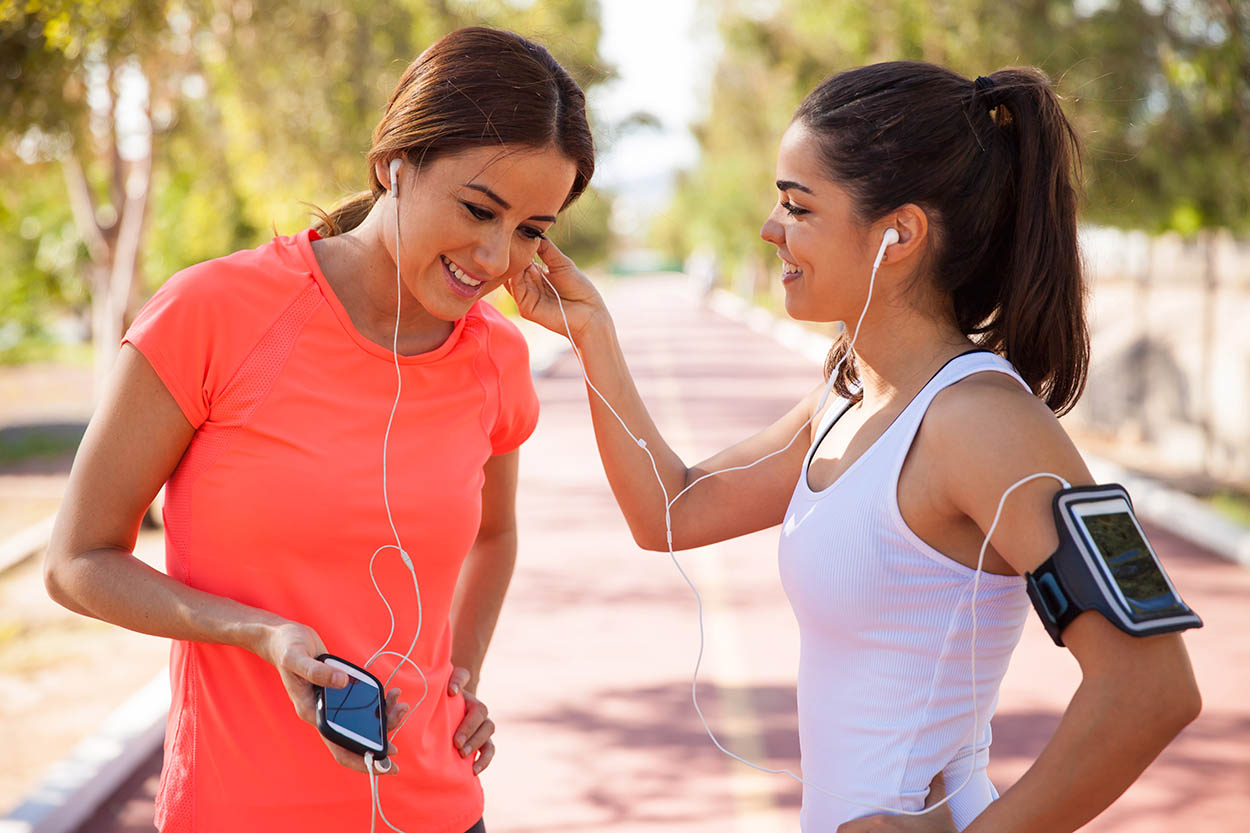
If you’re used to drinking after work, do other activities you think you’ll enjoy. Try traveling, start running, or learn painting. Better yet, do it with your friends.
New activities should help you relax and give you time to form new habits. It gives you a break from places that encourage binge drinking, and from previous patterns that keep you from a healthier lifestyle.
Set Limits, Count and Measure Your Drinks
Next, if you are drinking in a social gathering, track your drinks. It’s easy to lose count while you’re having a good time. So, before you start, set drinking limits.[18]
If your maximum drink is 3 beers for the entire night, stick
to it. Drinking shots? Keep track of how much liquor is being poured. Some mixed
drinks have double shots, so it’s best to check before you sip.
In the end, you’re the only one who knows when it’s too much. Once you sense this, make the effort to stop by saying no.[19]
Get Your Friends to Support You
Confide in friends you trust.[20] Telling your friends will help you commit to your goal. They can also keep your drinking habits in check, warning you when you’re drinking too much.
Moreover, once you get their support, they’ll give you less pressure to drink. You can avoid having ‘just one more round’ when your friends keep insisting.
The Health Impacts of Drinking
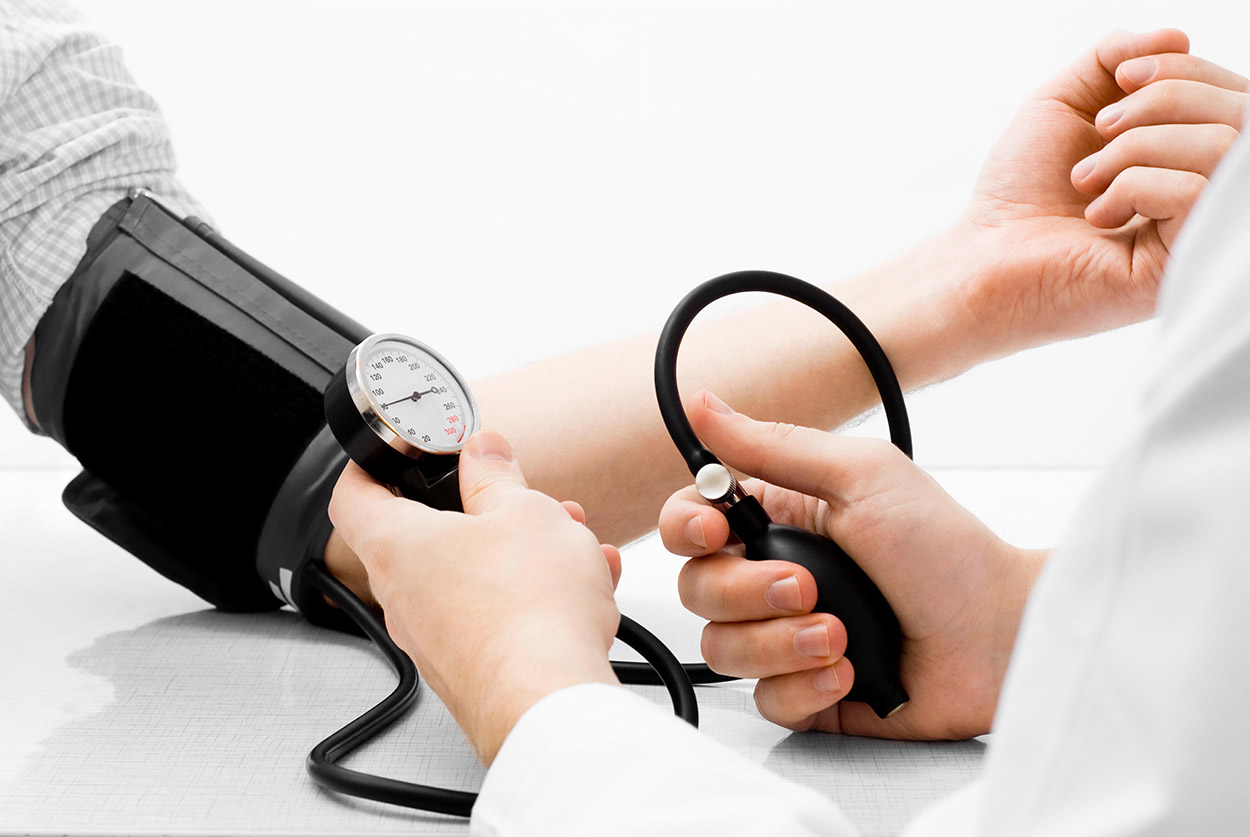
Overtime, too much alcohol can lead to a series of chronic health problems. Here’s a list of long-term health risks published by the CDC:[21]
- Learning and memory problems, poor school performance,
and dementia
- Heart disease, stroke, high blood pressure,
digestive issues, and liver disease
- Certain cancers – Colon, liver, mouth, throat,
and breast
- Mental health issues, including anxiety and
depression
- Lack of productivity and social problems,
including family issues and unemployment
- Alcohol dependence and alcoholism
Binge drinking also exposes you to short-term risks. Before exceeding your limits, consider the following consequences:
- Alcohol poisoning – Hospitalization due to
excessive blood alcohol levels
- Injuries – Vehicular accidents, falls, burns,
and drowning
- Violence – Suicide, homicide, sexual assault and
violence against intimate partners
- For pregnant women: Miscarriage, stillbirth, or
fetal alcohol spectrum disorders (FASDs)
- Risky sexual behaviors: Unprotected sex and sex
with multiple partners can result in sexually transmitted diseases or HIV
Drinking and Cognitive Behavior
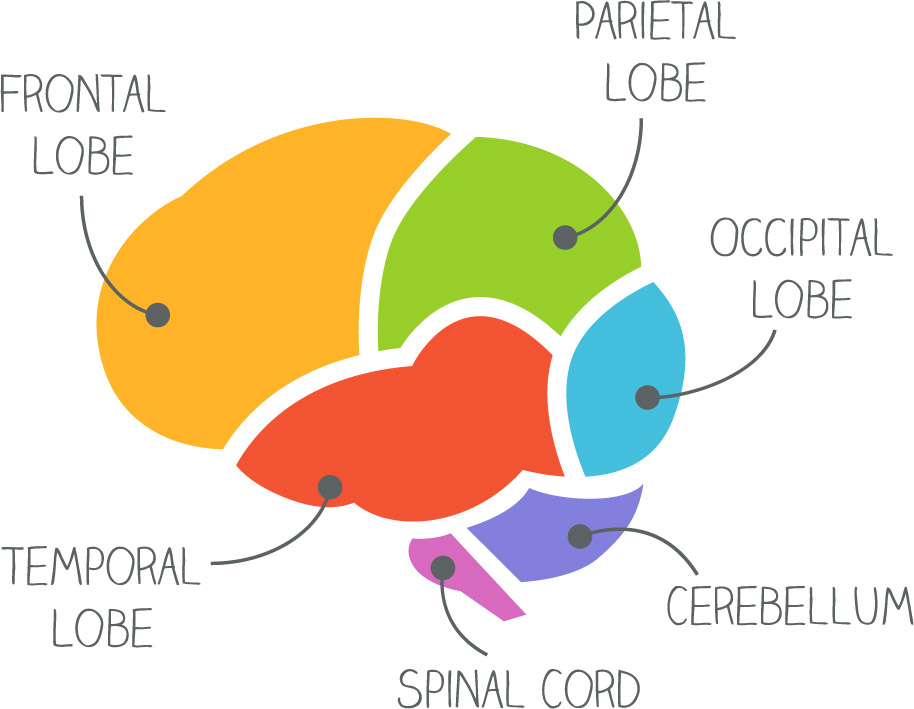
Drunk people are usually unaware of how uncoordinated their movements are. Alcohol associated brain impairment affects visuospatial function, which is the ability to accurately perceive and analyze space with visual form, according to the NIAAA.[22]
What does this do? It distorts your distance perception,
movement and navigation. This is one of the major reasons why you easily miscalculate
steps and lose balance when you’re drunk.
A related study also shows that high blood alcohol concentration (BAC) of 0.08 decreases reaction time by 120 milliseconds—0.08 BAC is the legal limit in the U.S.[23]
The slow reaction time suggests that a drunk driver speeding at 70 mph will drive for another 12 feet before reacting to road warning signs.
Needless to say, impaired perception and coordination makes driving dangerous. If you’re going to drink, be sure to have a designated driver take you home safely.
Below is a table from the National Highway Traffic Safety Administration (NHTSA) which breaks down how different BAC levels affects driving.[24]
Effects of Blood Alcohol Concentration on Driving
| Blood Alcohol Concentration (BAC) in g/dL | Typical Effects | Predictable Effects on Driving |
|---|
| 0.02 | Some loss of judgment; relaxation, slight body warmth, altered mood | Decline in visual functions (rapid tracking of a moving target), decline in ability to perform two tasks at the same time (divided attention) |
| 0.05 | Exaggerated behavior, may have loss of small-muscle control (e.g., focusing your eyes), impaired judgment, usually good feeling, lowered alertness, release of inhibition | Reduced coordination, reduced ability to track moving objects, difficulty steering, reduced response to emergency driving situations |
| 0.08 | Muscle coordination becomes poor (e.g., balance, speech, vision, reaction time, and hearing), harder to detect danger; judgment, self-control, reasoning, and memory are impaired | Concentration, short-term memory loss, speed control, reduced information processing capability (e.g., signal detection, visual search), impaired perception |
| 0.10 | Clear deterioration of reaction time and control, slurred speech, poor coordination, and slowed thinking | Reduced ability to maintain lane position and brake appropriately |
| 0.15 | Far less muscle control than normal, vomiting may occur (unless this level is reached slowly or a person has developed a tolerance for alcohol), major loss of balance | Substantial impairment in vehicle control, attention to driving task, and in necessary visual and auditory information processing |
For occasional to moderate drinkers, it’s common to experience these other cognitive symptoms:[25]
- Memory impairment
- Weakened decision-making
- Recklessness
- Blacking out
On the other hand, for heavy or chronic drinkers, severe cognitive
issues include the following conditions:
- Diminished brain size and regional changes in brain-cell activity
- Inability to engage in abstract thinking
- Loss of attention span
- Memory loss
- Wernicke-Korsakoff syndrome – vitamin B1 deficiency usually caused by alcoholism and poor nutrition [26]
Drunk Driving Statistics
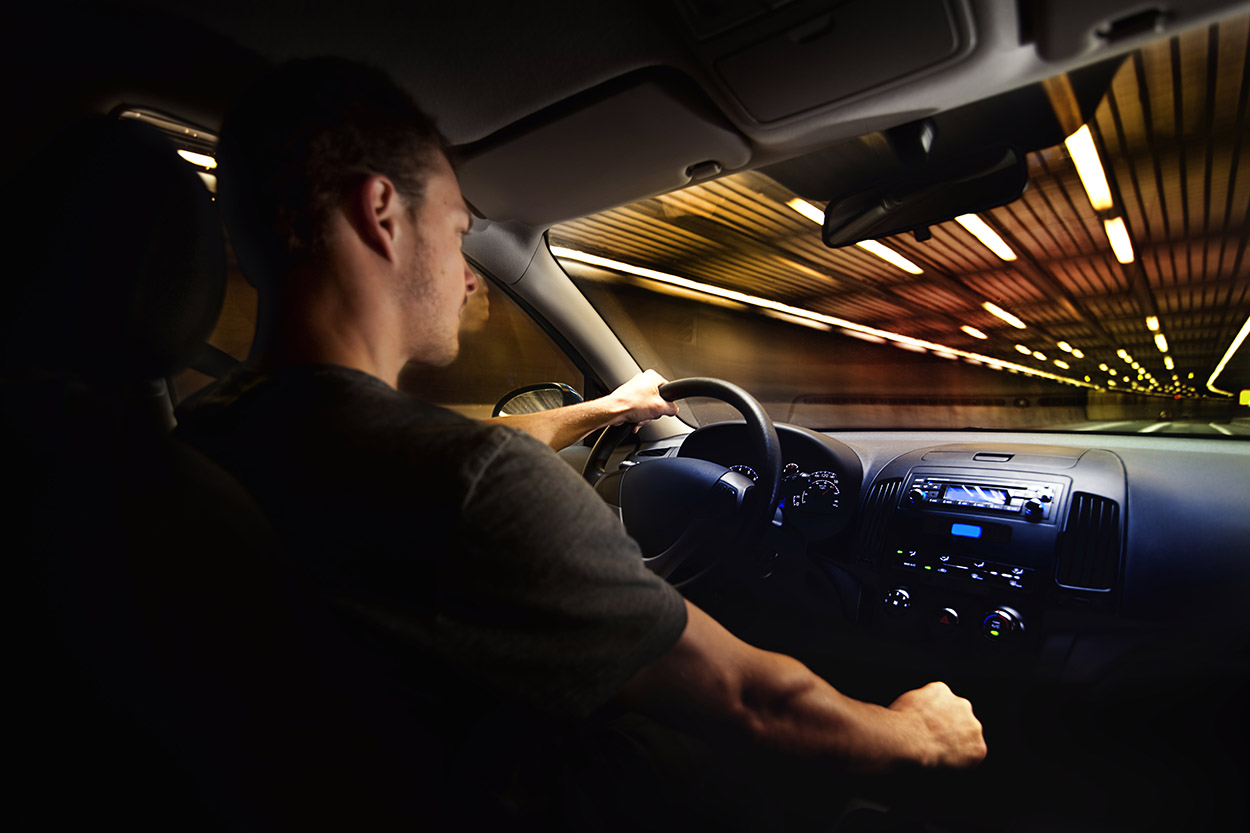
Alcohol-related highway crashes cost the U.S. an estimated $44 billion annually, according to the NHTSA.[27] Another figure reported by Mothers Against Drunk Driving (MADD) states each adult in the U.S. spends more than $500 per year to cover drunk driving costs.[28]
The CDC notes that 29 people die in the U.S. every day in motor vehicle crashes driven by alcohol-impaired drivers. Below is a table with data that highlights drunk driving statistics in 2016.[29]
Alcohol-Impaired Driving Statistics 2016
| Annual Self-Reported Drunk Driving | 111 million drivers |
|---|
| People Arrested for DUI | 1 million drivers |
| Alcohol-Impaired Driving Crashes | 10,497 crashes |
| Percent, Age Range (Most) | 27%, 25-34 years old |
| Percent, Age Range (Next) | 26%, 21-24 years old |
| Percent, Age Range (Least) | 22%, 35-44 years old |
Those most at risk are young people ages 25 to 34 years old with BAC levels of 0.08% or more, as evidenced by fatal crashes in 2016. Moreover, drivers involved in fatal crashes were 4.5 times more likely to have previous conviction for DWI than drivers who did not drink and drive.
How Alcohol Compares to Other Illegal Drugs
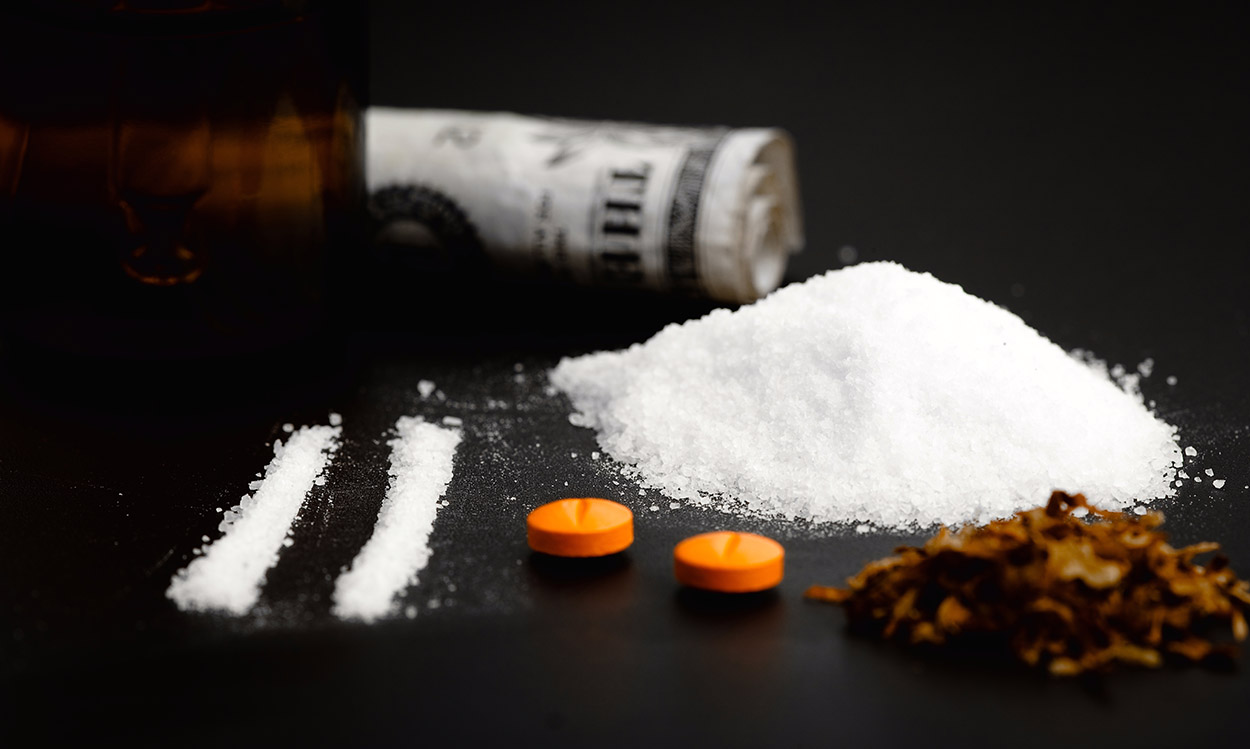
A 2018 study in the journal Addiction
found that alcohol and tobacco use accounts for more than a quarter of a
billion disability-shortened lifespans worldwide.[30] Based on these findings, researchers
suggest that alcohol and tobacco can actually be more harmful than illegal
drugs.
Dr. Carla J. Berg, associate professor in the Rollins School
of Public Health of Emory University, states that the research
was “not surprising given that legality of the drugs coincides with social
norms around drug use as well as use prevalence.”[31]
To know how alcohol’s effects varies from illegal drugs, refer to the table below.[32]
| Substance | Short-term Effects | Long-term Effects |
|---|
| Alcohol | Impaired coordination
Slowed reaction time
Impaired judgment
Mood swings
Recklessness
Memory loss | High blood pressure
Breast cancer
Colorectal Cancer
Cardiomyopathy – Stretching and drooping of heart muscle
Cirrhosis of the liver – Irreversible scarring of the liver |
| Cannabis | Euphoria followed by drowsiness/relaxation
Enhanced sensory perception
Problems with balance and coordination
Increased heart rate and appetite
Problems with learning and memory
Slowed reaction time
Anxiety | Mental health problems
Chronic cough
Frequent respiratory infections
Possible loss of IQ points if repeated use begins in adolescence |
| Cocaine | Headache Narrowed blood vessels
Enlarged pupils
Increased body temperature, heart rate, and blood pressure
Abdominal pain and nausea
Euphoria, increased energy/alertness
Insomnia and restlessness
Erratic and violent behavior
Anxiety and panic attacks
Paranoia and psychosis
Heart rhythm problems
Heart attack
Stroke, Seizure, or Coma | Loss of sense of smell
Nosebleeds and nasal damage
Trouble swallowing from snorting
Poor nutrition and weight loss
Lung damage from smoking
Infection and death of bowel tissue due to decreased blood flow |
| Methamphetamine | Increased wakefulness and physical activity
Decreased appetite
Increased breathing and heart rate
Increase blood pressure and temperature
Irregular heartbeat | Anxiety
Confusion
Insomnia
Weight loss
Mood problems and violent behavior
Paranoia, hallucinations and delusions
Severe dental problems, “meth mouth”
Intense itching leading to skin sores |
| Heroine | Euphoria
Dry mouth
Itching
Nausea and vomiting
Analgesia – pain-relieving effect
Slowed breathing and heart rate | Collapsed veins
Abscesses – swollen tissue with pus
Infection of the lining and valves in the heart
Constipation and stomach cramps
Liver or kidney disease
Pneumonia |
|
LSD
| Distorts a person’s ability to recognize reality, think rationally, or communicate with others
Rapid emotional swings
Elevated blood pressure, heart rate and body temperature
Dizziness
Enlarged pupils
Loss of appetite
Tremors | Frightening flashbacks – called Hallucinogen Persisting Perception Disorder (HPPD)
Ongoing visual disturbances
Disorganized thinking
Paranoia
Mood swings |
The Bottom Line
Drinking alcohol is a socially accepted activity in many
communities. However, occasional binge drinking, even without prior DUI history,
is unsafe. It’s best to start managing your drinking habits to avoid accidents
and health problems in the future.
There are many ways to moderate alcohol consumption and to avoid it altogether. Don’t hesitate to get in touch with your doctor or try a counseling program for further assistance.
About the Author
Working as a health writer since 2016, Corin is interested in longevity research and how to improve the quality of human life. She holds a Master’s degree in Creative Writing from the University of the Philippines, one of the top academic institutions in the world, and a Bachelor’s in Communication Arts from Miriam College. Her other feature articles can be read on Inquirer.net and Manileno.com.
References
- https://newsinhealth.nih.gov/2014/09/drinking-excess
- https://www.cdc.gov/alcohol/fact-sheets/prevention.htm
- https://www.psychologytoday.com/us/blog/science-choice/201703/why-do-people-drink
- https://pubs.niaaa.nih.gov/publications/arh40/152-160.htm
- https://www.iflscience.com/health-and-medicine/fiddling-with-gene-responsible-for-asian-flush-could-treat-alcoholism/
- https://pubs.niaaa.nih.gov/publications/AA85/AA85.htm
- https://www.verywellmind.com/the-link-between-stress-and-alcohol-67239
- https://www.ncbi.nlm.nih.gov/pubmed/23584105
- https://www.webmd.com/a-to-z-guides/what-is-cortisol
- https://www.thehealthy.com/addiction/drugs-alcohol/alcohol-consumption-mess-hormones/
- https://www.sciencedaily.com/releases/2007/10/071024183044.htm
- https://www.ncbi.nlm.nih.gov/pmc/articles/PMC2902870/
- https://www.npr.org/sections/health-shots/2015/03/23/393651417/rethinking-alcohol-can-heavy-drinkers-learn-to-cut-back
- https://www.columbiapsychiatry.org/profile/john-j-mariani-md
- https://www.cdc.gov/media/releases/2014/p1120-excessive-drinking.html
- https://www.cdc.gov/vitalsigns/pdf/2014-01-vitalsigns.pdf
- https://alcorehab.org/alcoholism/alcohol-triggers/
- https://www.verywellmind.com/tips-for-cutting-back-on-drinking-69453
- https://www.rethinkingdrinking.niaaa.nih.gov/Thinking-about-a-change/strategies-for-cutting-down/Tips-To-Try.aspx
- https://www.thehealthy.com/addiction/drugs-alcohol/limit-alcohol/
- https://www.cdc.gov/alcohol/fact-sheets/alcohol-use.htm
- https://pubs.niaaa.nih.gov/publications/aa53.htm
- https://healthblog.uofmhealth.org/wellness-prevention/how-alcohol-impairs-your-ability-to-drive
- https://www.nhtsa.gov/risky-driving/drunk-driving
- https://americanaddictioncenters.org/alcoholism-treatment/mental-effects
- https://www.healthline.com/health/wernicke-korsakoff-syndrome#symptoms
- https://crashstats.nhtsa.dot.gov/Api/Public/ViewPublication/812013
- https://www.madd.org/statistics/
- https://www.cdc.gov/motorvehiclesafety/impaired_driving/impaired-drv_factsheet.html
- https://onlinelibrary.wiley.com/doi/full/10.1111/add.14234
- https://www.ajc.com/news/health-med-fit-science/legal-drugs-are-more-dangerous-than-many-illegal-ones-study-finds/FzfGWG1JC5MCnDUCXxTaoK/
- https://www.drugabuse.gov/drugs-abuse/commonly-abused-drugs-charts
Change privacy settings
